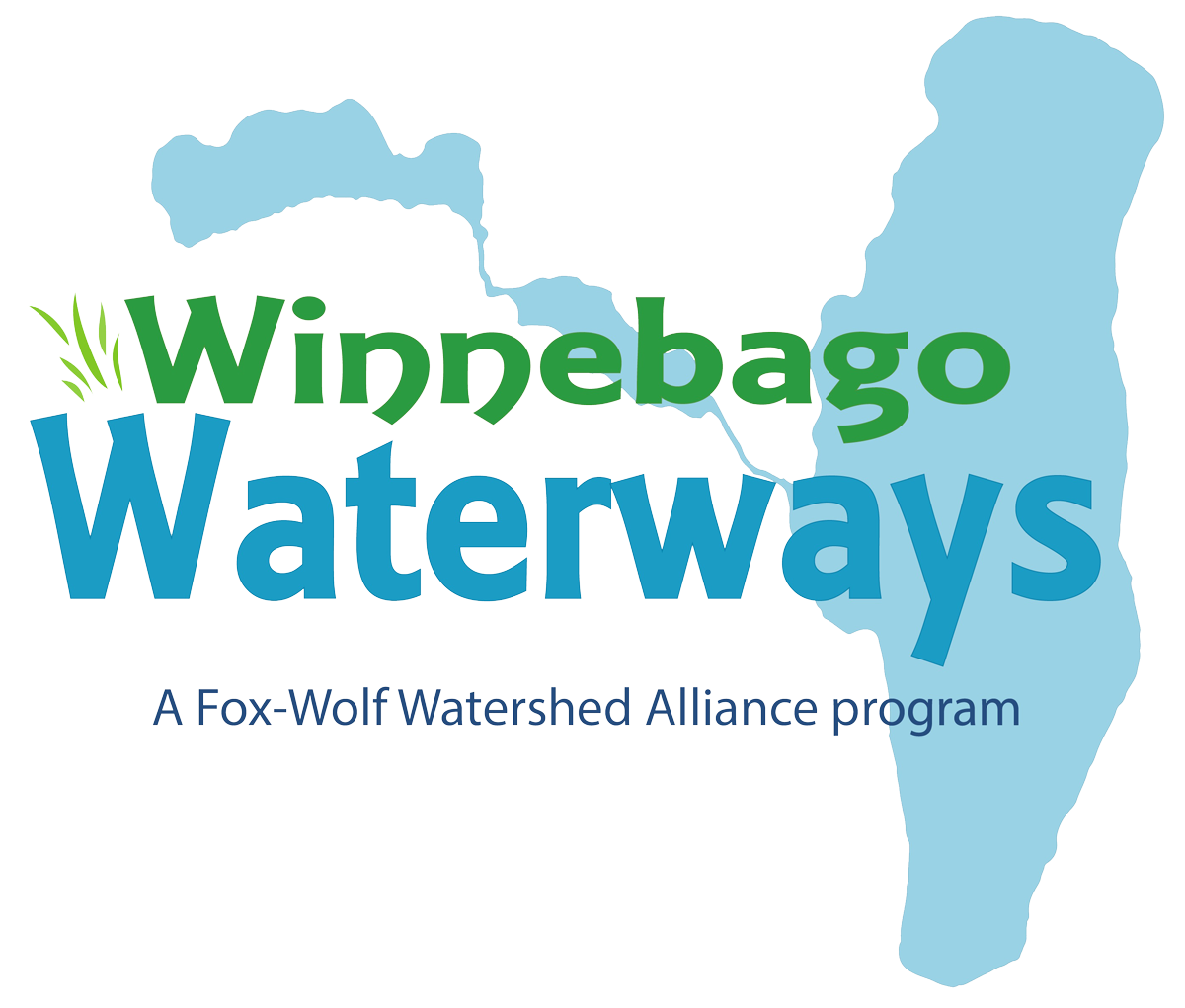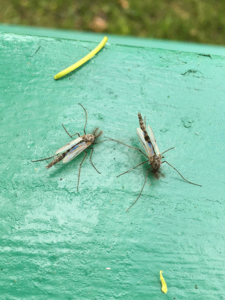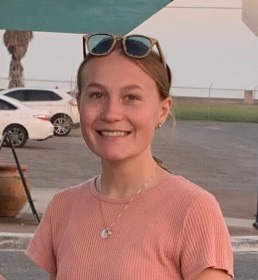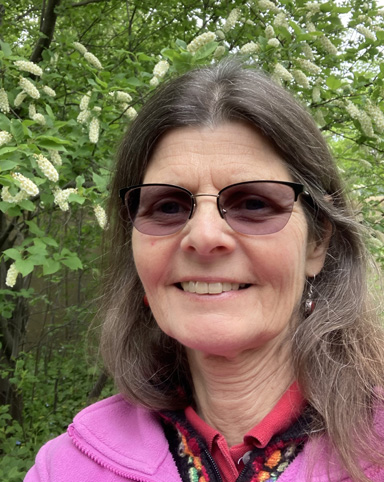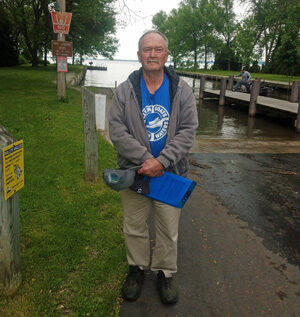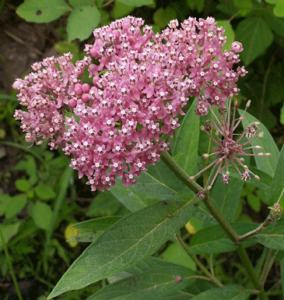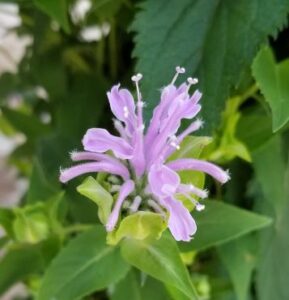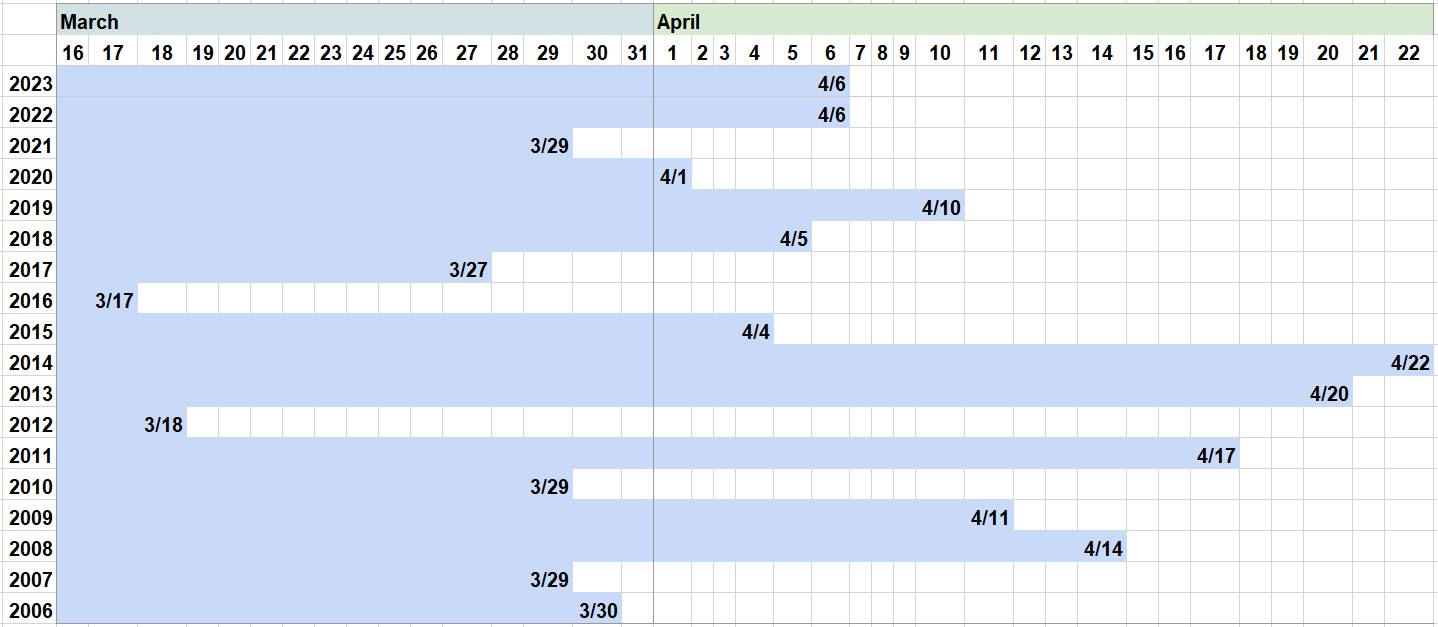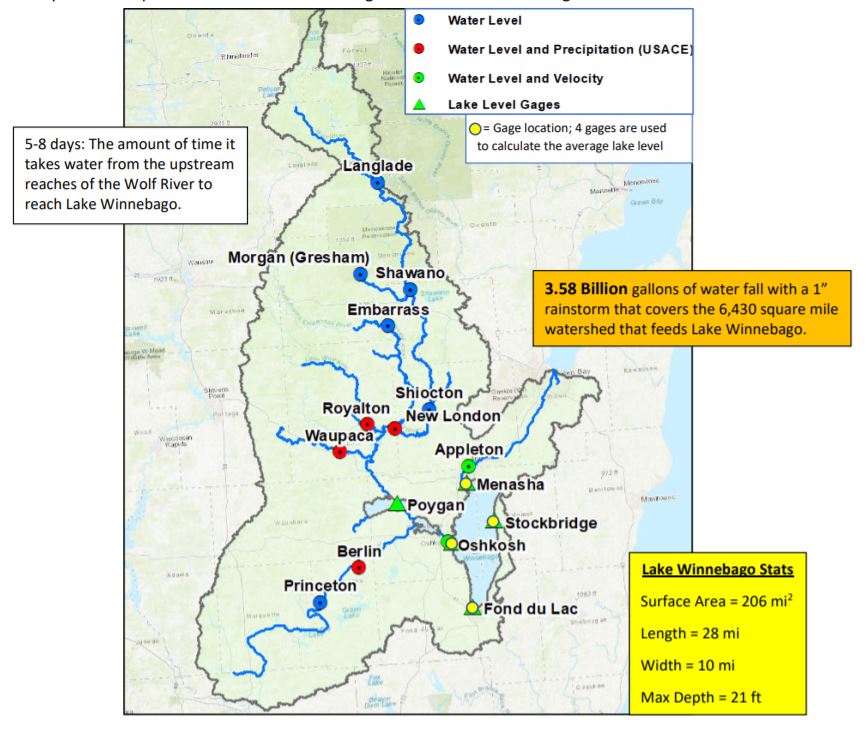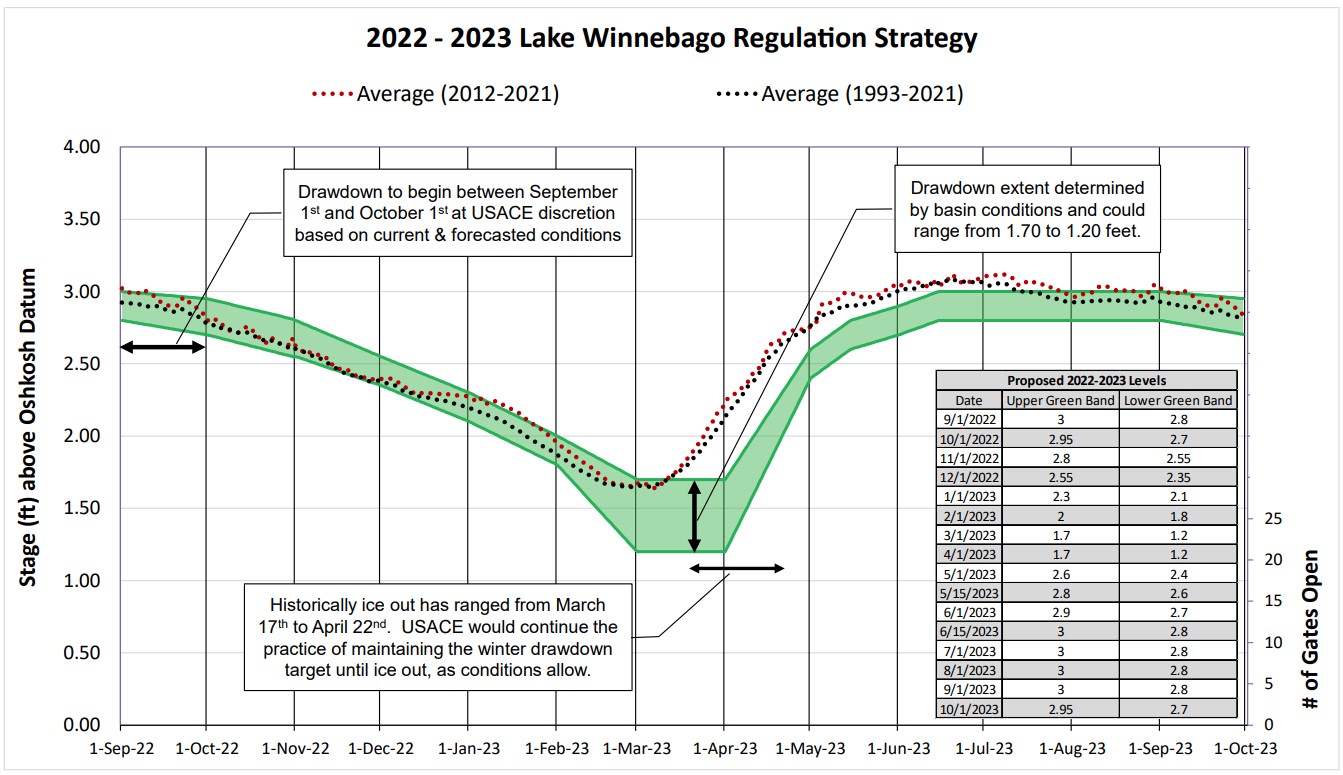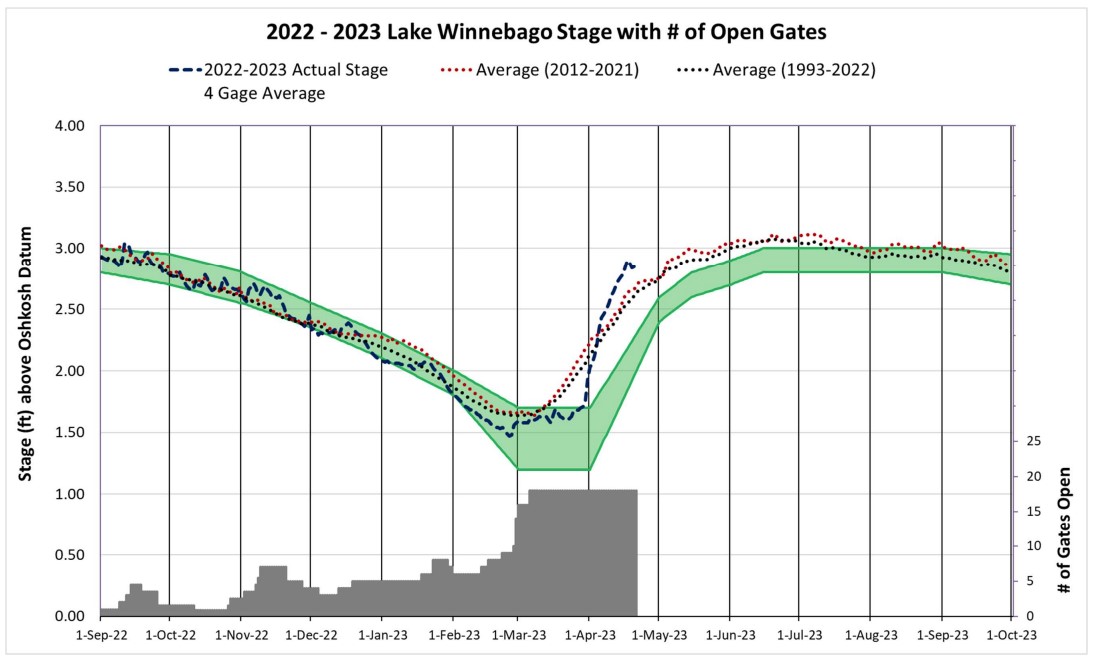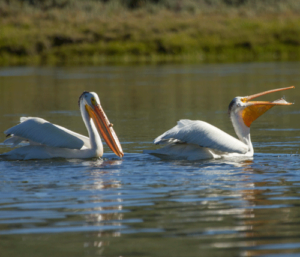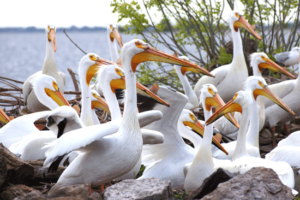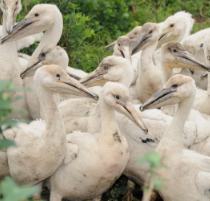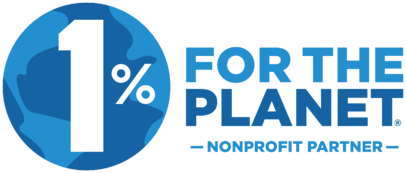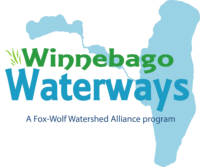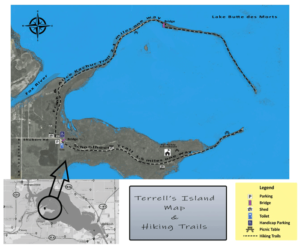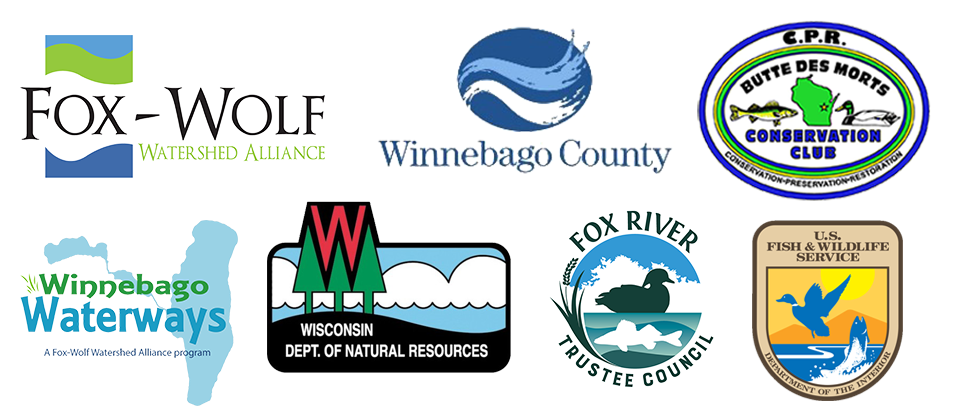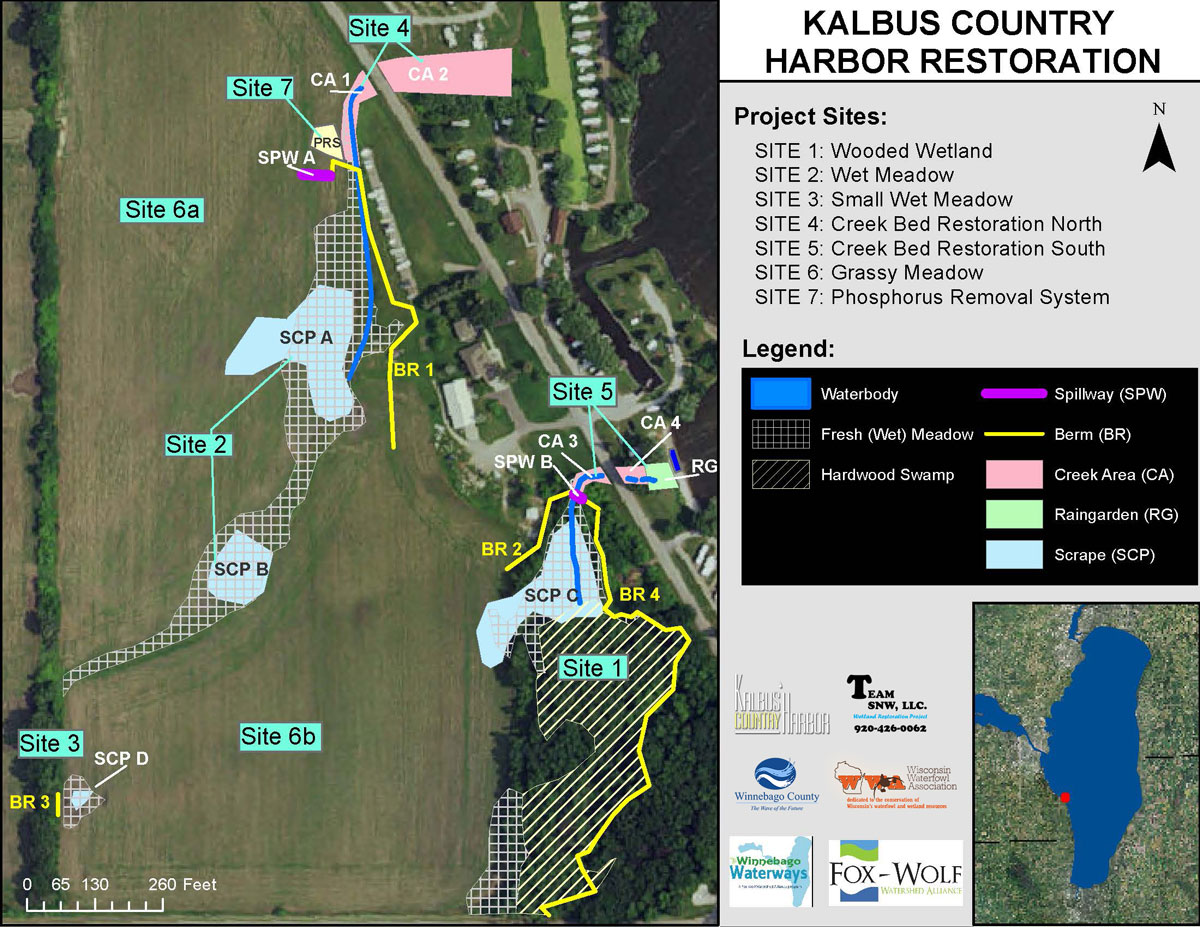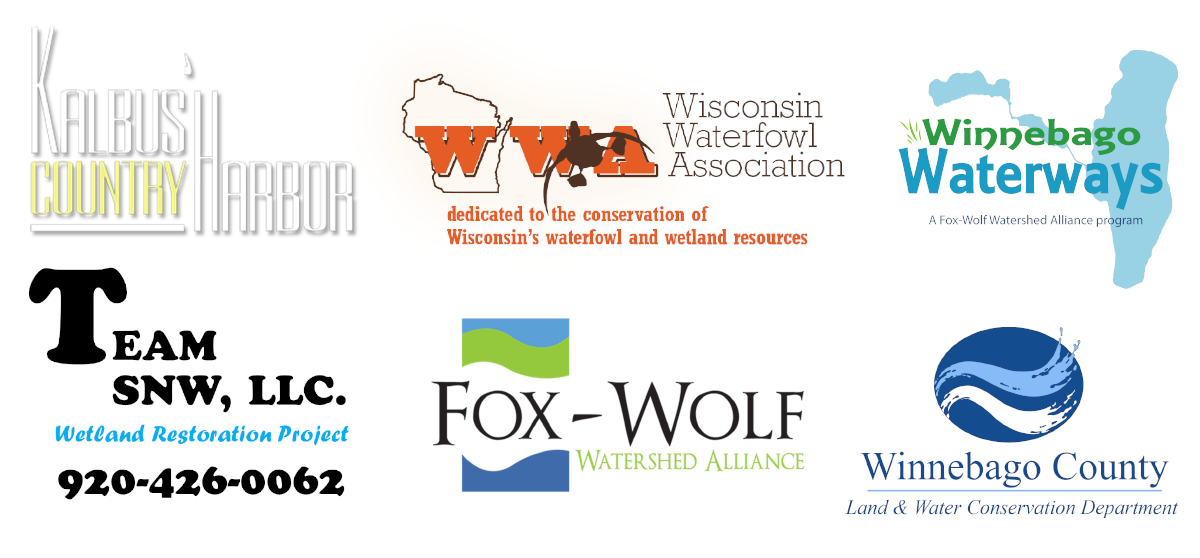Learning Opportunity: Nature Teaching Strategies for All Ages
Find out more here.
Wild Ones Fox Valley chapter has a new 4-day retreat in beautiful Northwoods Wisconsin to learn “Nature Teaching Strategies for All Ages.” This course is to help you become a better environmental advocate and is aimed at learning fun ways to connect people to each other and to nature. You do not have to be a formal educator to attend this class. The fee includes the course, meals, and lodging. There will be plenty of time for relaxing and exploring! Registration closes June 24th.
Become a strong environmental advocate. Offering hands-on learning set in beautiful Northwoods Wisconsin, this course aims to develop sense of place, basic science inquiry skills, and strong stewardship. Using environmental education strategies from a variety of sources, we will be actively playing games, observing nature, discussing conservation ethics, exploring, nature journaling, and connecting with each other. We will cover a variety of grade levels, even college level. In addition to receiving credit for the Wisconsin Native Plant Certification Program, you will receive a Project WILD book and be certified in Project WILD upon completion of this course.
Content submitted by Wild Ones Fox Valley Chapter
Registration closes June 24.
$300 nonmembers/$255 members (includes lodging and meals)
Questions? Email wildonesfoxvalley@gmail.com.
Check out the Wild Ones Fox Valley Chapter Website by clicking here!

Winnebago Waterways is a Fox-Wolf Watershed Alliance recovery initiative. Contact us at wwinfo@fwwa.org

The post Learning Opportunity: Nature Teaching Strategies for All Ages appeared first on Fox-Wolf Watershed Alliance.
Fox-Wolf Watershed Alliance
https://fwwa.org/2023/05/31/wildones_fox_valley_2023-2-2/?utm_source=rss&utm_medium=rss&utm_campaign=wildones_fox_valley_2023-2-2

